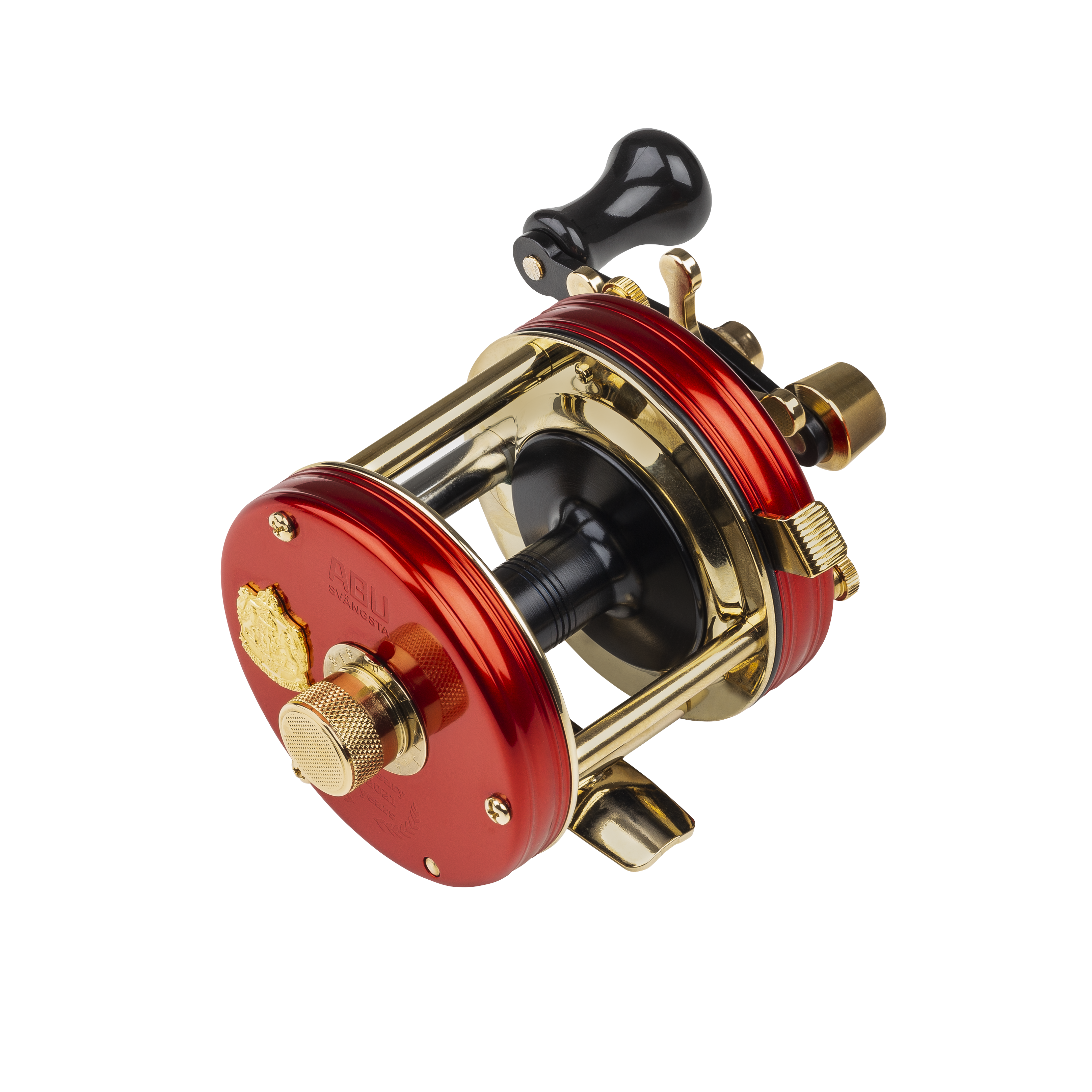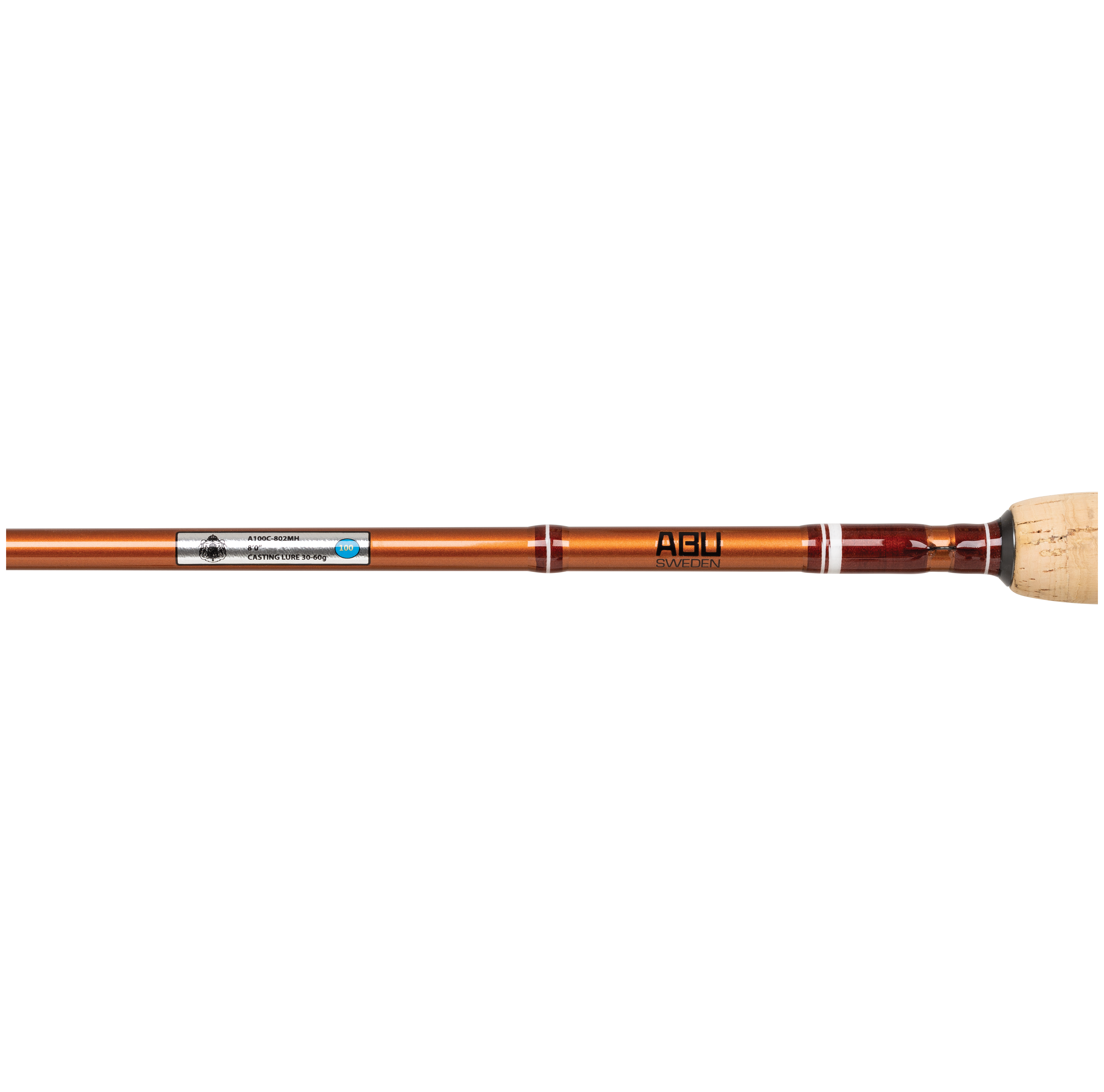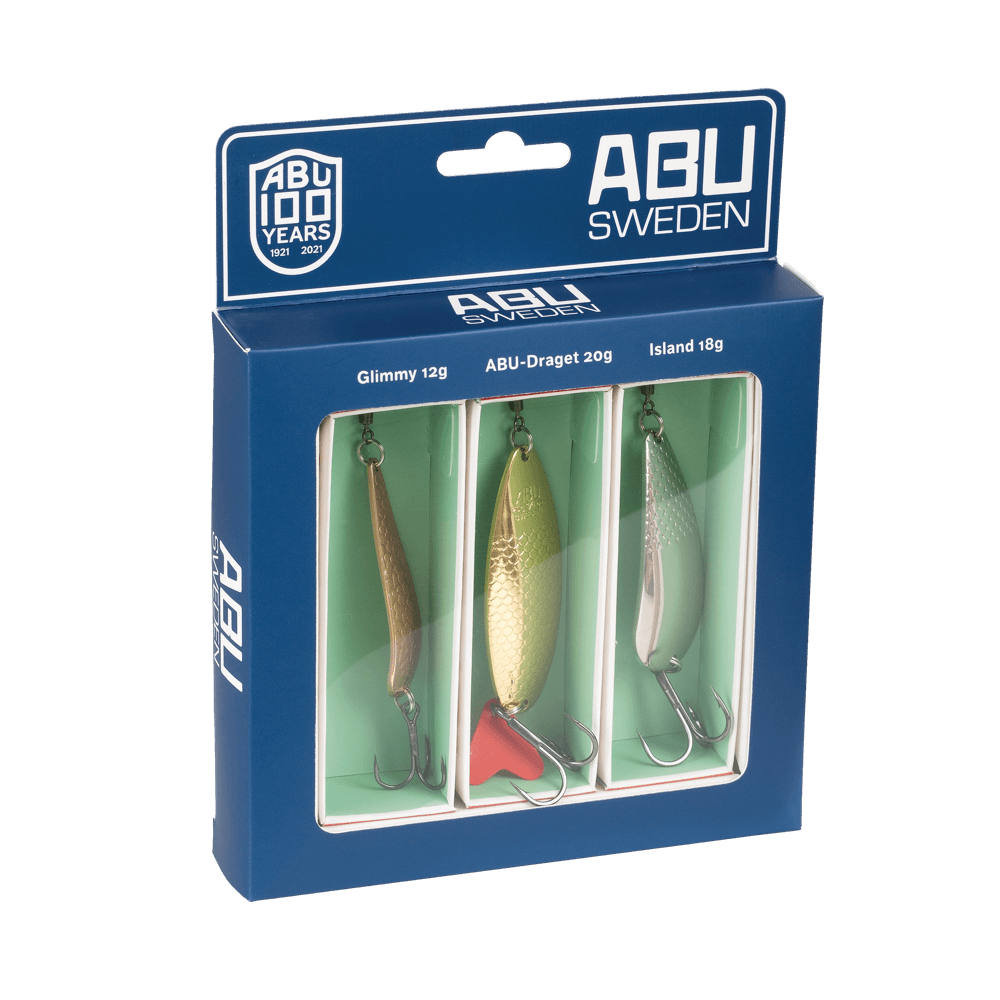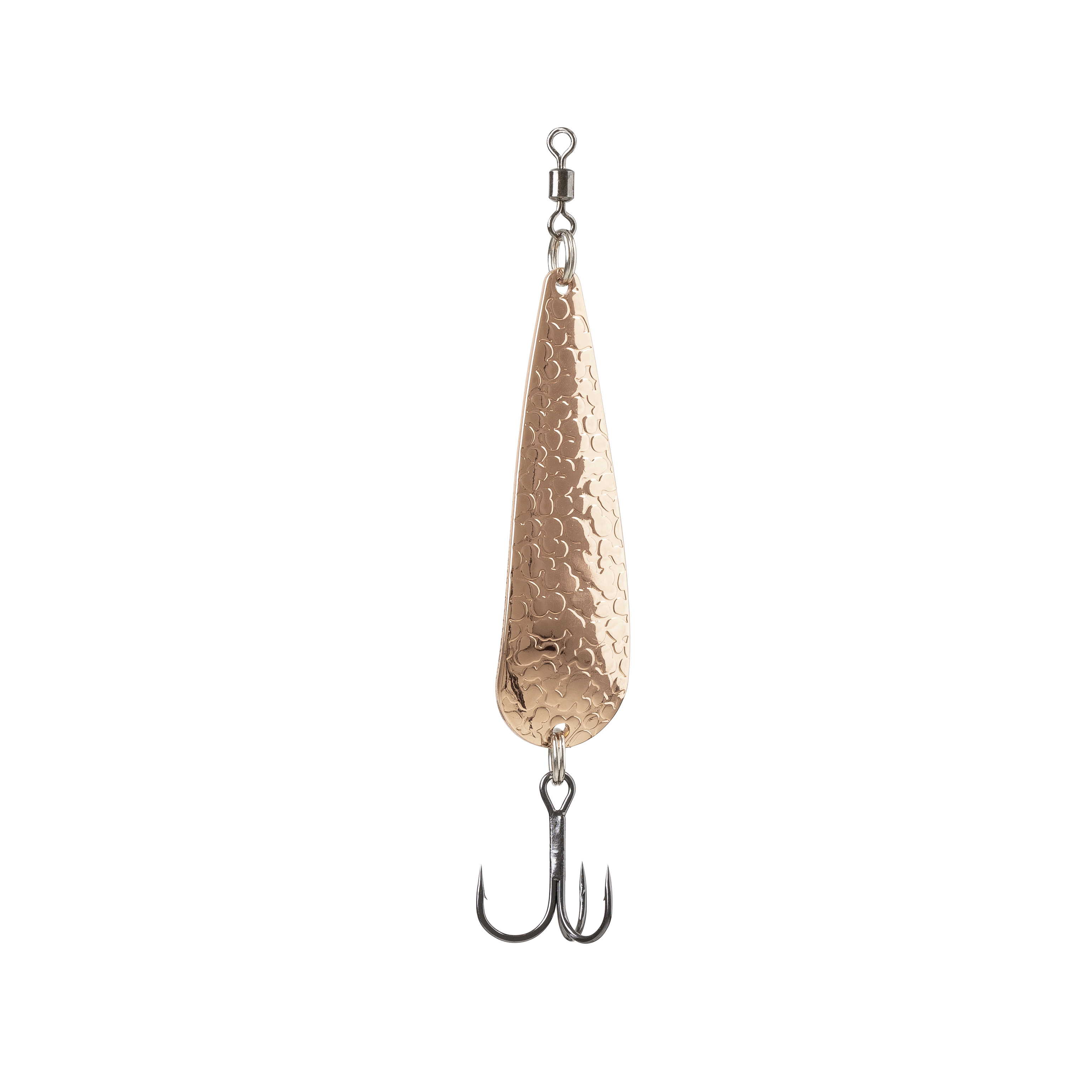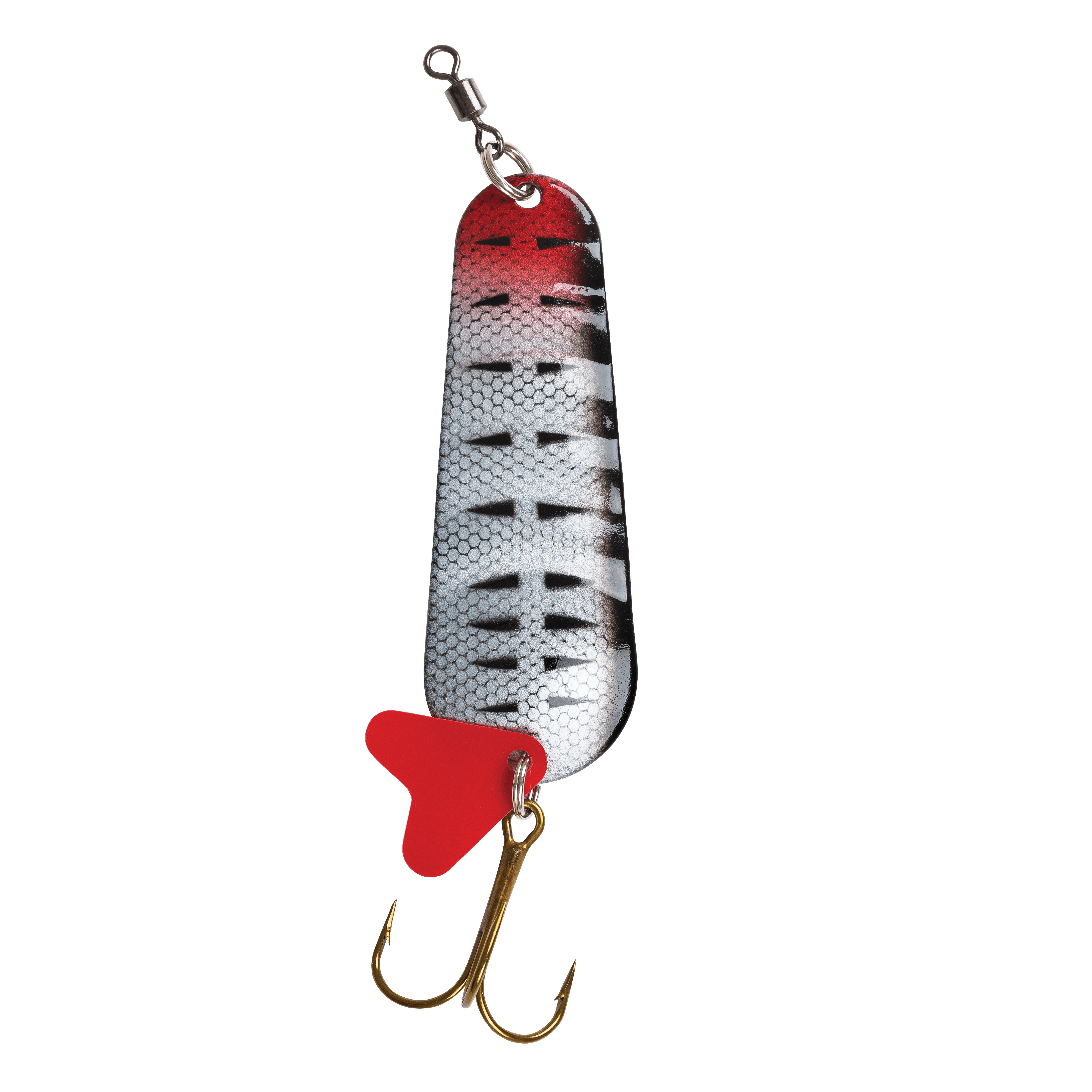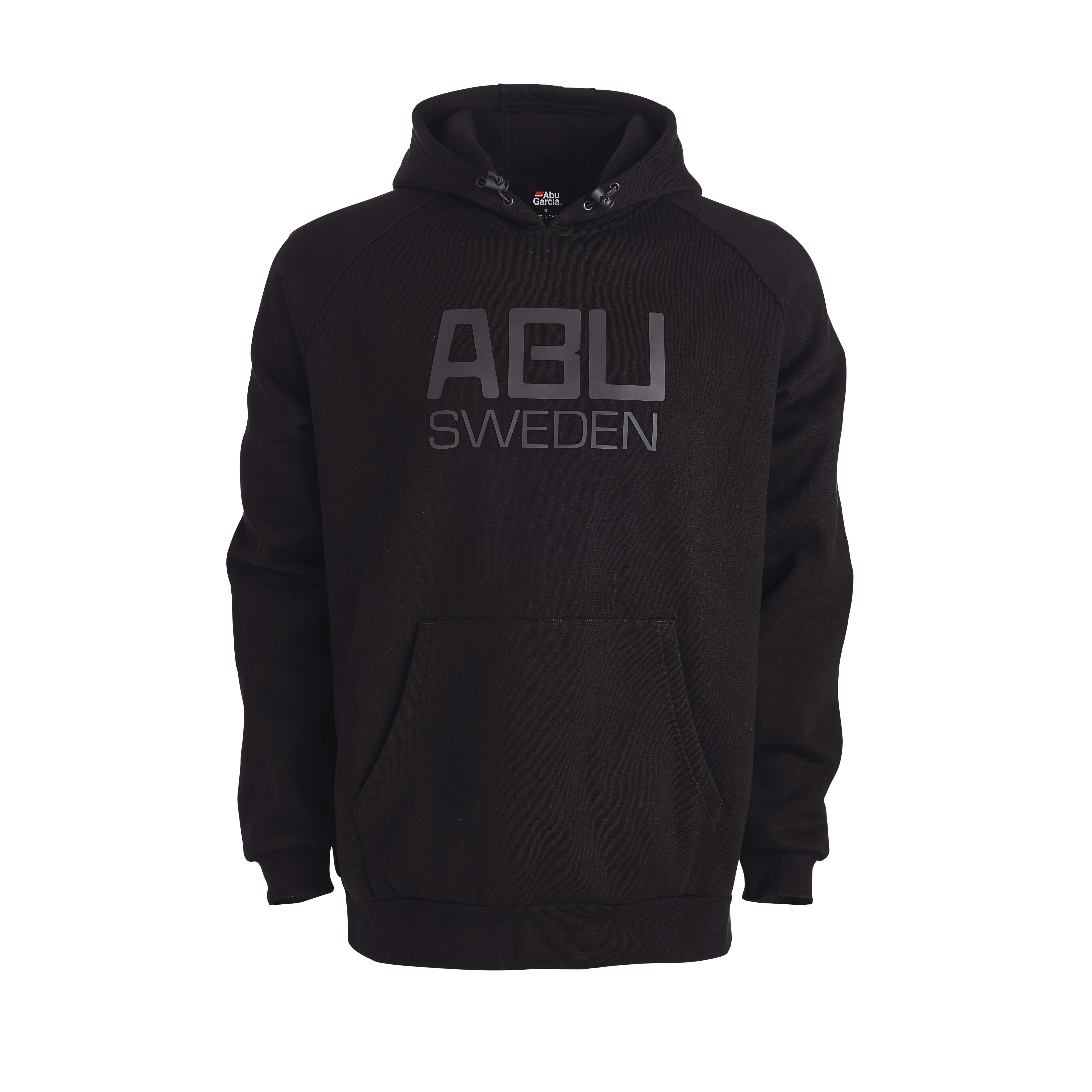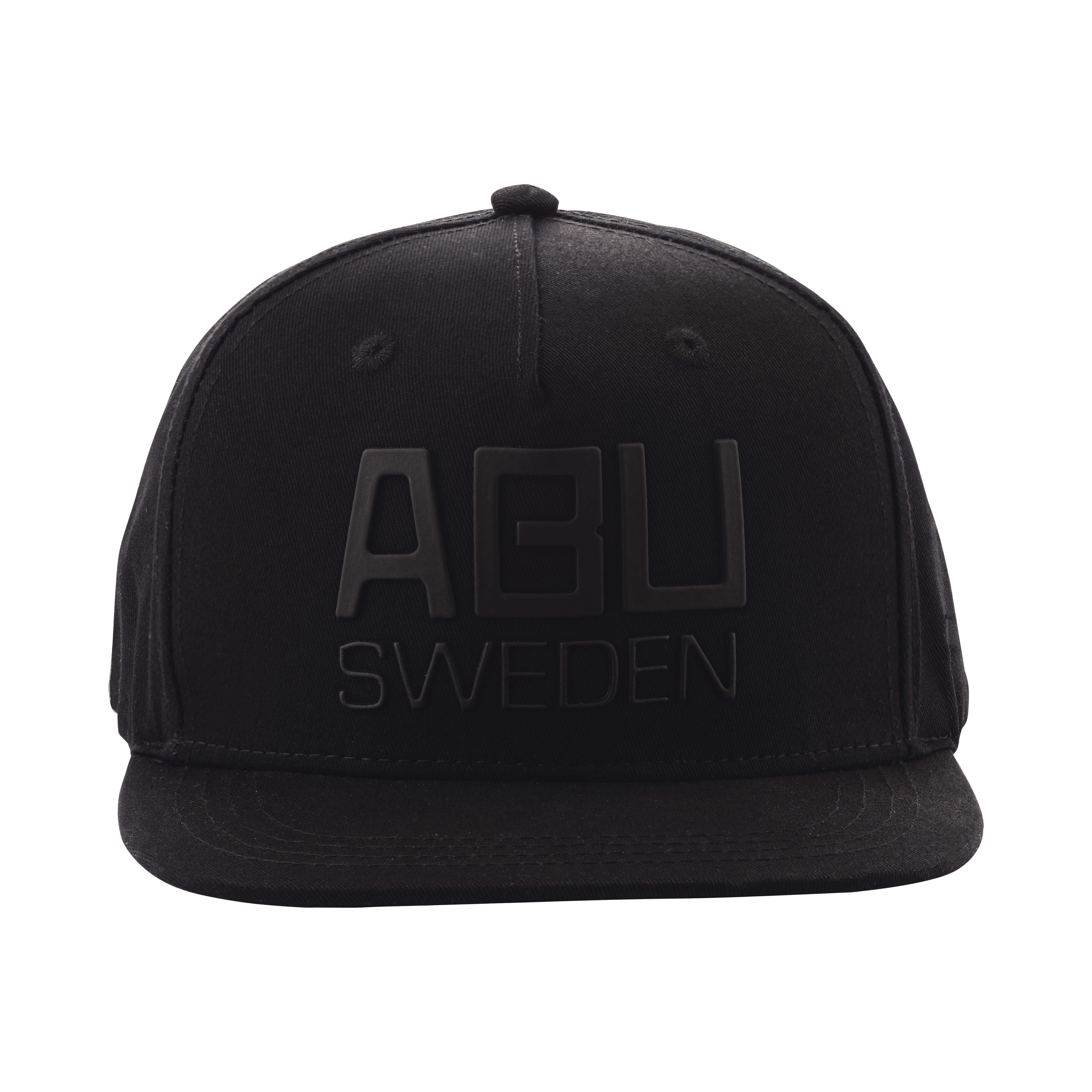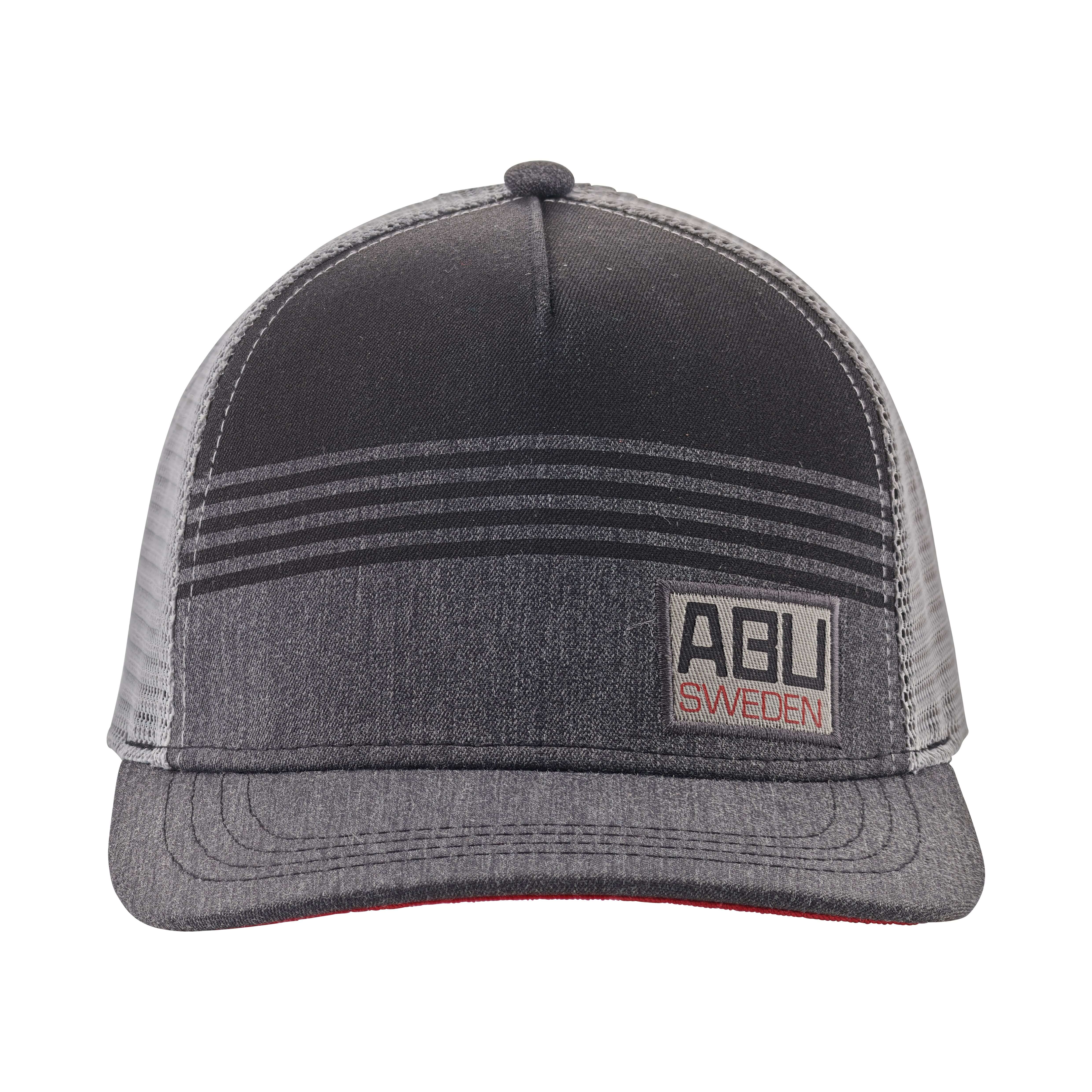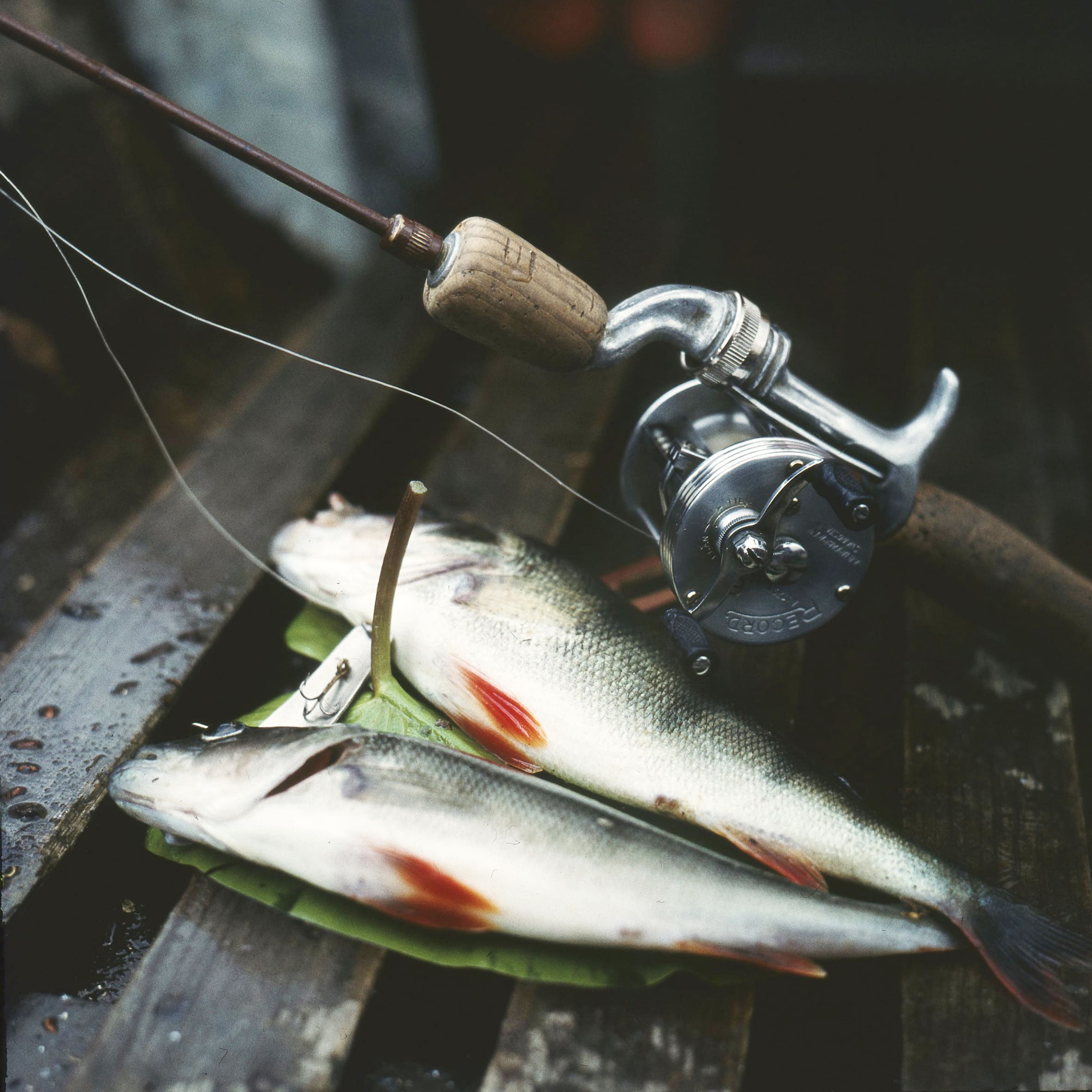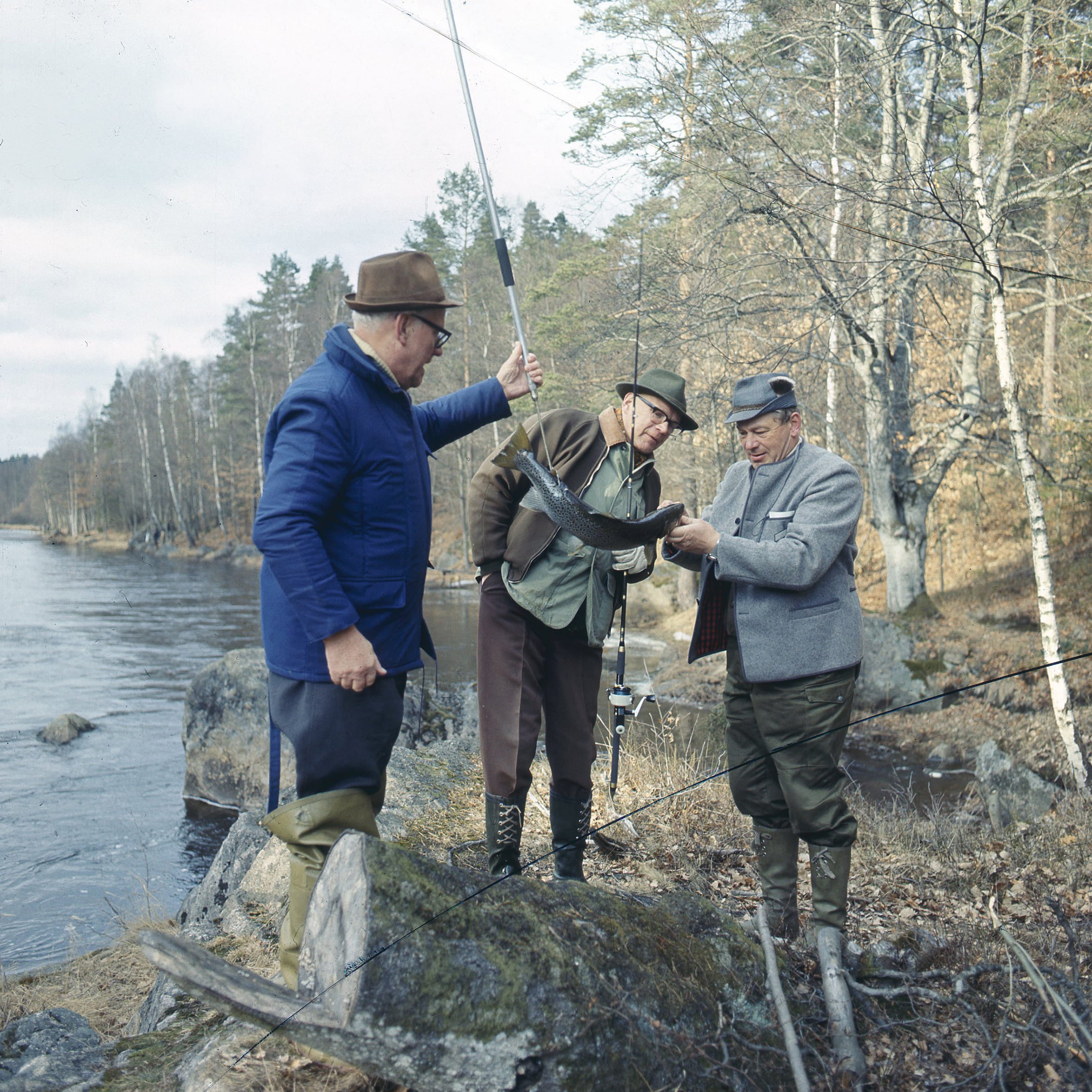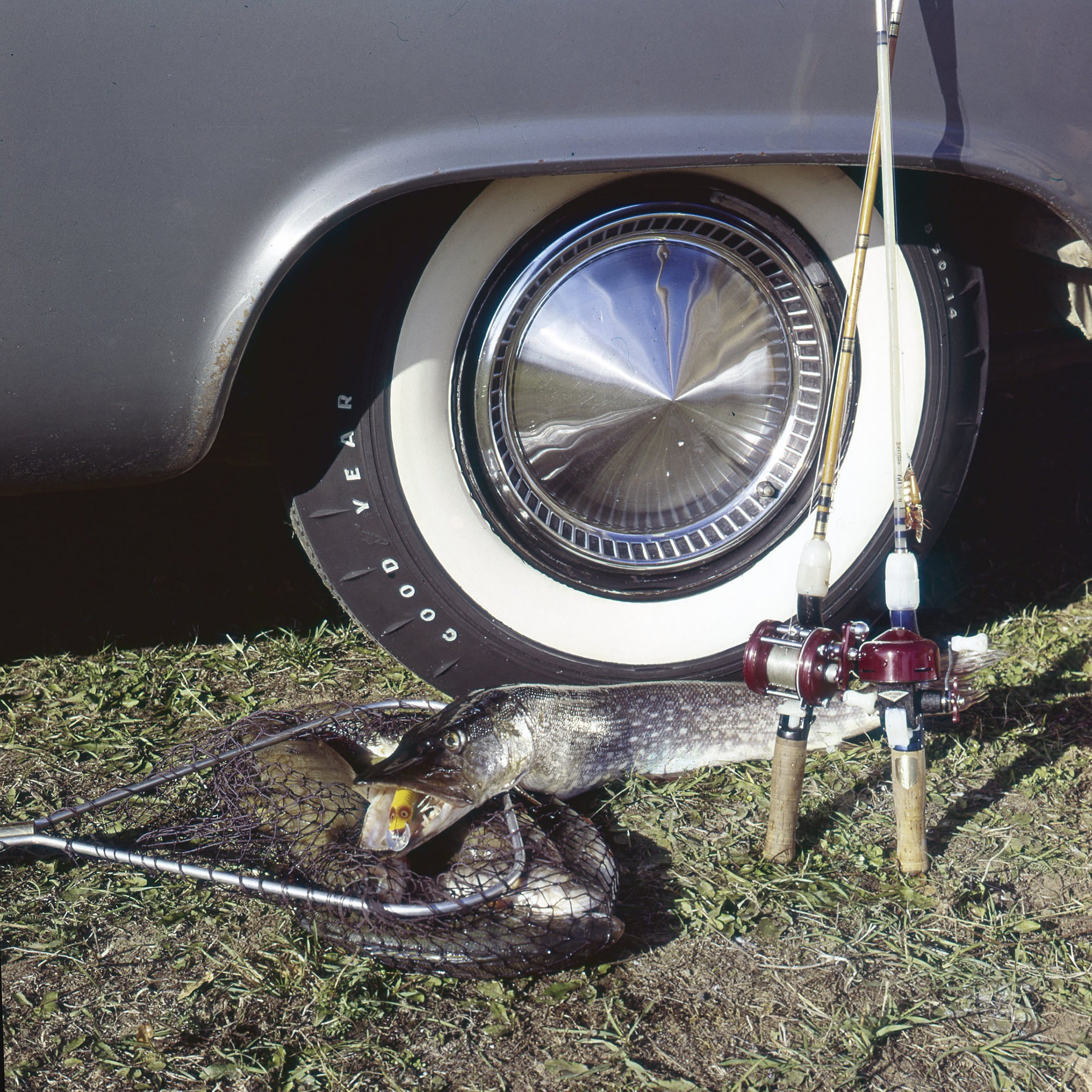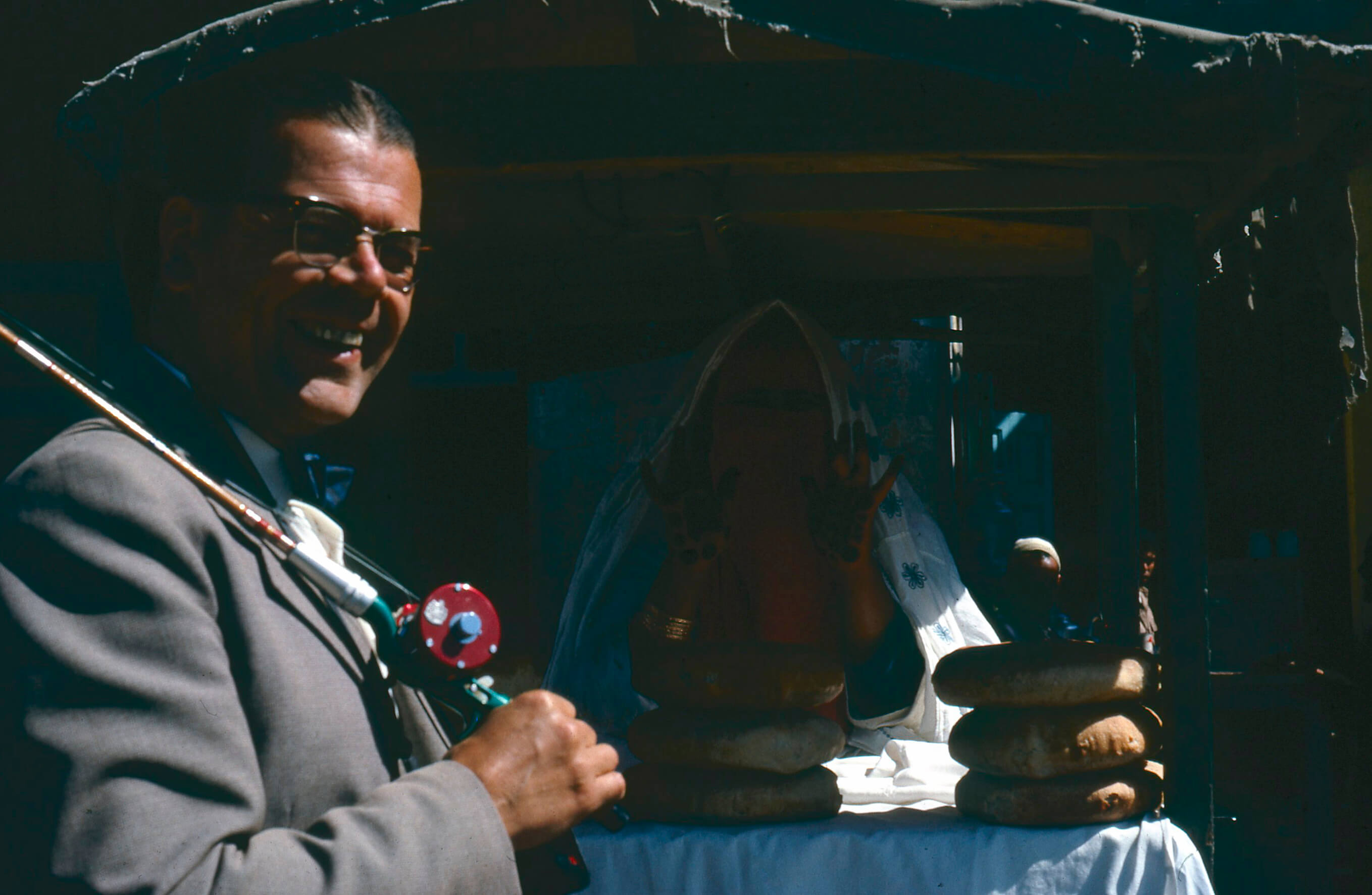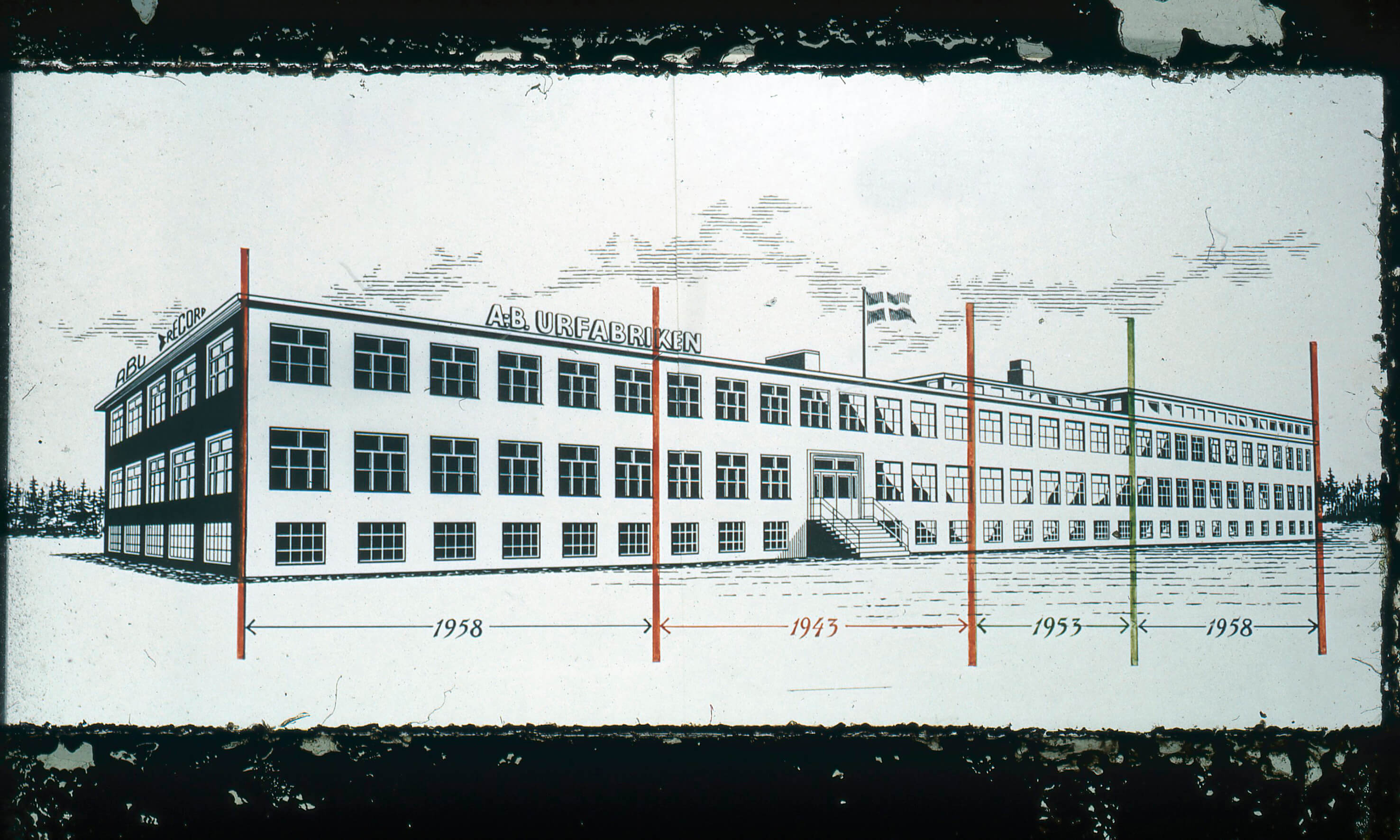



ABU 100 years
Abu Garcia in Svängsta, Sweden is world renowned in the sports fishing tackle world. Ambassadeur, Toby, Hi-Lo and Reflex are all well-known product names. But did you know it all started with pocket watches?
Abu Garcia in Svängsta, Sweden is world renowned in the sports fishing tackle world. Ambassadeur, Toby, Hi-Lo and Reflex are all well-known product names. But did you know it all started with pocket watches?
We start our journey with a historic flashback and rewind the clock 134 years, to the year 1887. This was the year Henning Hammarlund started Sweden’s first pocket watch factory – Halda Fickurfabrik AB, after years of studying at the Swiss Watch making school in Geneva which at the time, was the finest school of its kind. Hammarlund thought Svängsta was the ideal location to build a factory, the scenery was beautiful, and the big lot was only 800 Swedish krona, a bargain in those days for being so close to the Mörrum river.
Halda manufactured both gold and silver plated pocket watches. They were given international recognition when receiving gold medals at the world fairs in Chicago 1893, Stockholm 1897 and Paris 1912. These sought after pocket watches are today highly valued on the collectors market. Halda expanded and also started manufacturing “telur”, taximeters, typewriters and knitting machines. But things didn’t go as planned for Hammarlund – the bills piled up and the company went out of business after 33 years, in the year 1920.
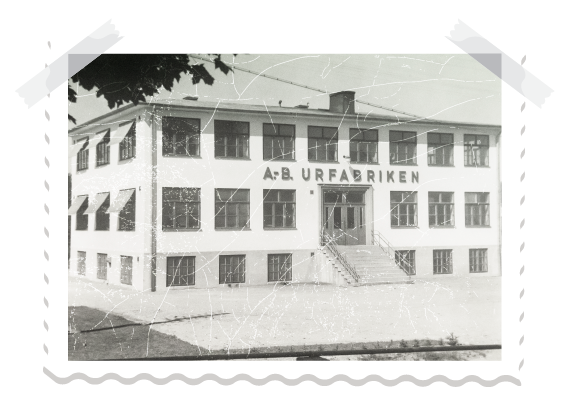
Former supervisor and constructor at Halda – Carl-August Borgström, started his career 1891 as a trained watch maker and in 1921 he founded Aktiebolaget Urfabriken. With 17 000 krona he was able to buy some of the watch making machines and tools from Halda and moved to an old chapel building across the river, on Holländarevägen in Svängsta. His co-workers at the time were tool maker Karl Kolbrand and his 17 year old son Göte. The turn-over the first year was 16 000 krona and the majority was export business.
Only some hundred Halda pocket watches were made in the new factory, but they also had the production rights to the so called Telur from Halda. Telur was a timer used by telegraph offices all over the world for measuring the length of phone calls. One client was L.M. Ericsson, today known as Ericsson, a giant in the telecom industry.
Göte Borgström taking over
In 1926 the company started making taximeters for horse wagons and taxicabs. Eight years later Carl-August passed away at the age of 63 and his son Göte, by then 30 years old, took over. For five years, Göte and his engineer colleague Stig Svensson, worked on creating the lightest, most compact and modern taximeter on the market. The new Record-Taximeter model 39 was ready in 1939 and was a technical marvel. The future looked bright, but as you may know, other vehicles than taxicabs starting rolling on the European roads that year. The second world war broke out and made the export of taximeters impossible. Göte Borgström was concerned to say the least. But he had a flash of genius – AB Urfabriken was going to change market and start manufacturing fishing reels. He had always been interested in fishing and his father had even made a simple reel for fishing in the Mörrum river.
Göte purchased some of the most popular American baitcasting reels at the time for inspiration, combined some of their best features and made a new range of reels. They got the same name as the taximeter – Record. In the autumn of 1939, the engineers worked around the clock to construct a well performing reel and Göte tested them himself by the river and was very pleased. He packed the first series of 25 sample reels of each model, 1500, 1600, 1700 and 1800 and went to Gothenburg. Paul Berghaus, the leading wholesaler at that time, and their manager Hakon Sjödahl inspected the reels.
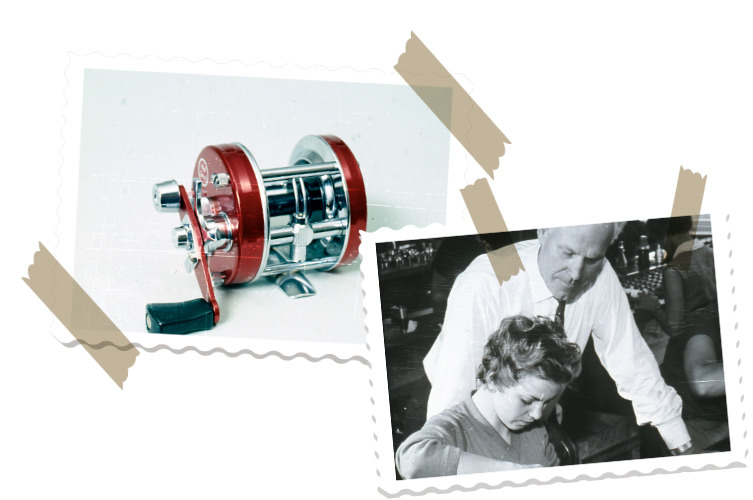
Sjödahl placed an order of 3000 reels with a promise to order more in the future. With the condition that the reels had the name Pebeco (short for Paul Berghaus & Co) on them instead of Record. It was a deal! Göte had estimated the whole market to be 5000 reels in total and after one customer he had already sold 3000. The next customer was Torsten Persson, purchasing manager at Wilhelm Denninghoff AB, he asked Göte how many reels can you produce? Trying not to be shy, Göte said 15.000 reels the first year and 25.000 the following two years. Persson suggested they would buy 10.000 the first year and 15.000 the following two. If they got exclusive rights to the name Record for the first three years. These Record reels were marked W.D. In only two sales pitches, Göte had sold three times more than he valued the whole market. During the autumn of 1940 the first reels were delivered to the two companies and they both ran big marketing campaigns for them in the spring of 1941. The same year, AB Urfabriken expanded the reel range with two new models, the affordable Record 1400 and the more exclusive Record 2000. In the first release it came in a velvet lined wooden box with tools, reel grease and spare parts. This first edition was engraved on the side plates and is today a real collector’s item.
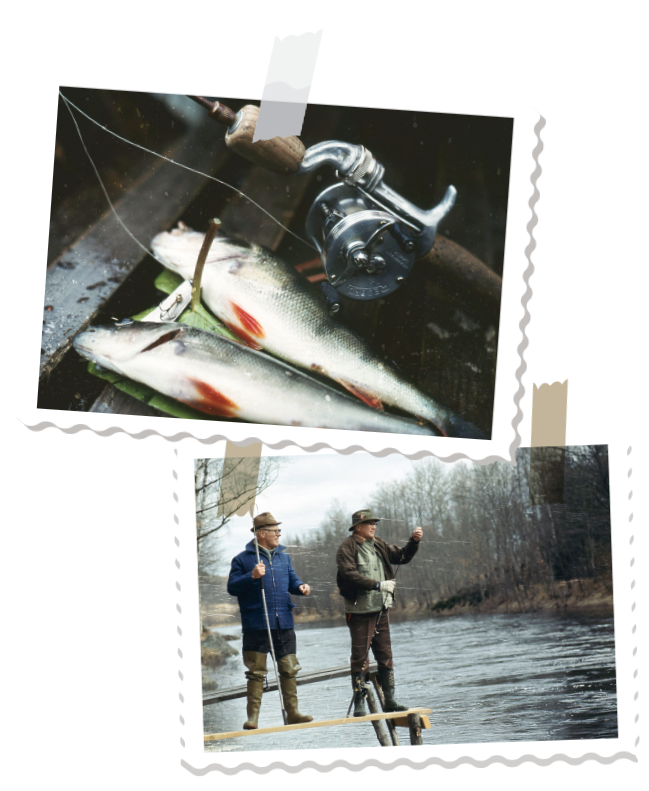
Ready for success
1949 was a special year. Göte Borgström hired engineer Åke Murvall who would be the new product manager and construction manager. Åke was quickly introduced to the companies big plans for the future and in 1951, they were coming up with new ideas like never before in Svängsta. Göte had the ideas and the knowledge of fishing, while Åke figured out the technical solutions. In august 1952 the masterpiece of the century in the fishing world, was presented at the St. Eriks fair in Stockholm. The world’s first and only reel with a free running spool combined with level wind and centrifugal brake – The Record Ambassadeur. At the fair, visitors could vote on what colour they liked the best; red, black or green. The black reel got the most votes but Göte had already fallen in love with the red one. So that went into production. A smart move as there were no other baitcasting reels in that colour.
In a magazine ad from 1952, the headline was “Technical perfection, the Ambassadeur from Svängsta”. It was now in production and ready for delivery by Christmas that year. The price tag on the first Ambassadeur, marked SG, was a whopping 150 krona, a considerable amount at that time. It was first featured in the famous Tight Lines catalogue in 1953. A new era had begun, with the warranty stamp – AB Urfabriken, Made in Sweden.
In 1954, the same year as Göte’s son Lennart Borgström was hired as export manager, the Ambassadeur was presented for the first time abroad. The place was Conrad Hilton Hotel in Chicago, USA. Lennart spoke to potential customers while Göte who didn’t speak any English, demonstrated the reel outside of the hotel using his charm and big smile. The Americans loved the reel and it went on to be a big hit over there.
Lennart’s ideas are still hanging on the walls in the tackle shops to this day. One of them is the well-known Toby lure. The Diplomat rod range was another successful product, designed to match the Ambassadeur de Luxe, or as most people know it, the gold reel, another example of Lennart’s ingenuity. The spincasting reel Abumatic, the spinning reel ABU 444 and the bail-less spinning reel ABU 555 are some others, the list is long.
Fast forward to the year 1991. This was the year that the assembly of the handle side plate of the Ambassadeur became automated in Svängsta. Through a series of machines, the side plate comes out ready to be put together with the rest of the reel. And it’s fast! Thanks to this, the factory in Svängsta can still compete with production in Asia.
AB Urfabriken, later on ABU, and today Abu Garcia, is a company to be proud of. To this day there are still Ambassadeur reels being built on Holländarevägen in Svängsta, models up to size 6500, all collector’s editions and custom reels. Over 33 million reels have been made here so far.
Wonder if Göte Borgström and Åke Murvall knew what Swedish treasure the Ambassadeur reel would be? The world’s finest baitcasting reel!
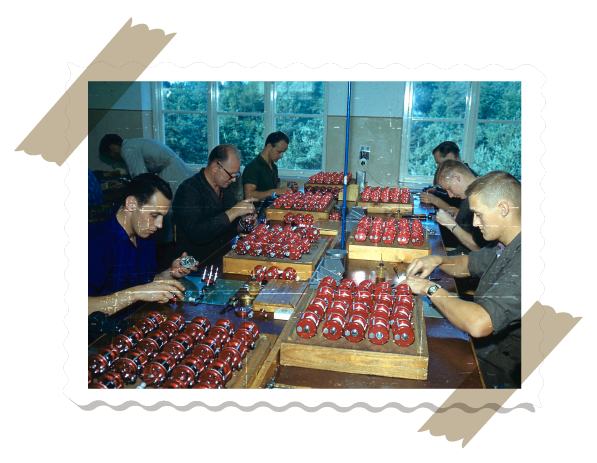
Anniversary products
Ambassadeur 5500CDL Anniversary Set
To celebrate the ABU 100 year anniversary, this beautiful set with three reels in the original colors has been made. The reels have gold plated details, anniversary stamping on the sideplate and comes in an exclusive black wooden box. With only 150 numbered sets made, it’s a proper collector’s item.
ABU 100 Classic Lure rods
This range of classically designed rods has been produced to honour the Abu Garcia legacy as one of the world’s oldest and greatest fishing companies on its 100th Anniversary. The retro style designs will remind you of years gone by, when your father took you fishing or your first fishing rod.
ABU 100 3-Pack Classic Baits
This box contains 3 of our most iconic lures – the Glimmy, ABU-Draget and Island. These lures are remakes of our original models from the 1960’s and 1970’s, in original colors. Gift them, collect them or fish them. They still catch as good today as they did all those years ago.
ABU 100 Atom & Toby Classic Colours
These limited edition colors on the Atom 25g and Toby 20g are a special re-release in honour of Abu’s 100 year anniversary. A great collectible, but of course also an amazingly catchy lure!
ABU 100 Apparel
Join the ABU 100 celebration by wearing the limited edition apparel. Here you can find a range of caps and hoodies to make sure you will look good on your next fishing trip.


